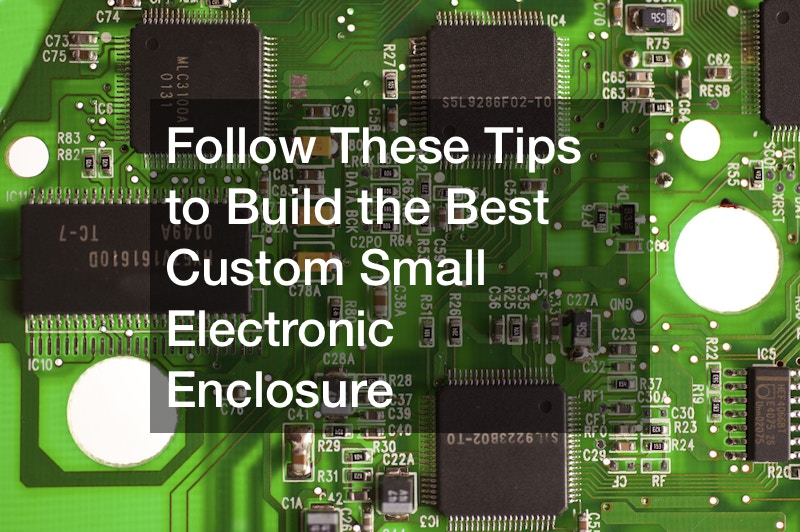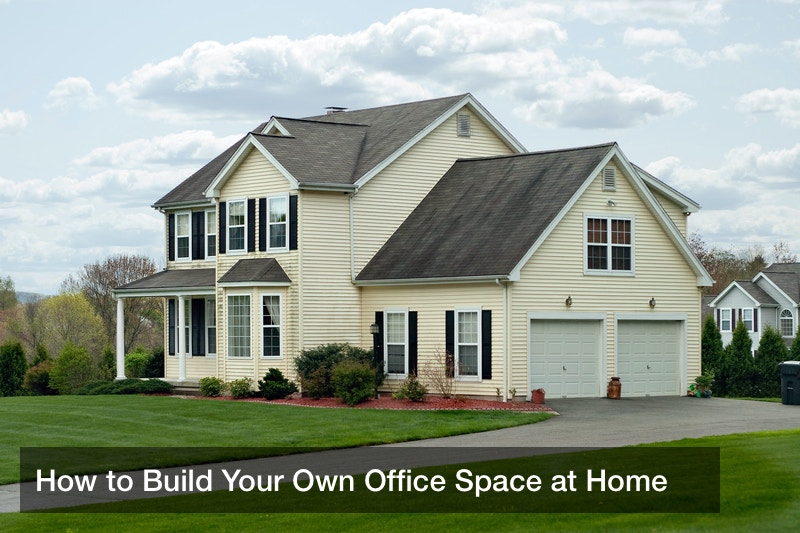
Building a custom small electronic enclosure requires careful planning and attention to detail to ensure optimal functionality and protection for your electronic components.
Firstly, determine the specific requirements and dimensions of your electronic components. Measure the dimensions of the components and consider any additional space needed for wiring, connectors, and ventilation.
This will help you design an enclosure that perfectly fits your equipment and allows for efficient heat dissipation.
Next, choose the right materials for your enclosure. Opt for materials that offer excellent durability, electrical insulation, and protection against environmental factors.
Common choices include aluminum, steel, or ABS plastic. Check the requirements of your application, such as resistance to moisture, chemicals, or electromagnetic interference.
Ensure there’s ample space for the components to fit securely and allow for proper airflow. Incorporate features like removable panels, cable management systems, and mounting options to facilitate easy installation, maintenance, and future upgrades.
Lastly, consider the aesthetics and branding of your custom enclosure. If desired, add custom colors, logos, or labeling to align with your brand identity or application. This can enhance the overall appearance and professionalism of your enclosure.
In conclusion, building the best custom small electronic enclosure requires careful consideration of dimensions, materials, design, and aesthetics. Take the time to plan and design the enclosure to meet your specific requirements, so you can ensure optimal functionality and protection.
.



